The Hungarian Geological Institute Building
This hidden art nouveau gem was designed by an architect in search of a national style.
In the late 19th century, the Hungarian Geological Society decided that they required a new building to house their activities. However, in that age of nationalism, not just any building would do; to fulfill their needs, they engaged an architect who had set out to create a wholly unique Hungarian style of architecture.
Commissioned in 1896 and officially opened in 1899, the building commissioned by the society (now the Hungarian Geological Institute) was designed by Ödön Lechner. Trained locally as well as in Berlin and Paris, Lechner was the father of the Hungarian art nouveau movement known as Szecesszió (aka, Hungarian Secessionist) characterized by its use of brightly colored ceramics and incorporation of contemporary trends, organic motifs, eastern design details, and Hungarian folk art elements. Nicknamed the “Hungarian Gaudí,” most of Lechner’s most interesting works actually predate the Catalan architect’s world famous landmarks (if only by a few years).
The Institute’s building is one of the most striking examples of the Szecesszió movement, most notable at first glance for its turquoise and blue tiled roof (materials for which came from the renowned and innovative Hungarian ceramics manufacturer Zsolnay). The color and shape of the roof is meant to represent the ancient Tethys Ocean, and other details of the building similarly merge architectural and geological themes, such as cave-like mosaics on the flooring at the entrance and details of fossils decorating the exterior. Engraved windows throughout the museum bear typical Hungarian flower motifs, and the entire building is crowned with a statue of human figures holding up a globe.
The building still serves as the home of the Hungarian Geological Institute, which is the country’s oldest scientific research institute. Additionally, the building houses the Geological Museum of Budapest, which boasts the largest geological collection in the country, with 23 thematic collections with over 180,000 inventoried fossils, minerals, rocks, and photos, and can be visited for free on weekdays (though the visit must be arranged in advance). Even without the scientific treasures contained inside, though, the Hungarian Geological Institute Building bears witness to one visionary’s creation of a new local language of form, and is a stunning addition to the charming Budapest skyline.
Know Before You Go
Take the bus number 7 to Stefánia út or the metro 2 to Népstadion. Contact information to schedule a visit is available on the official website.




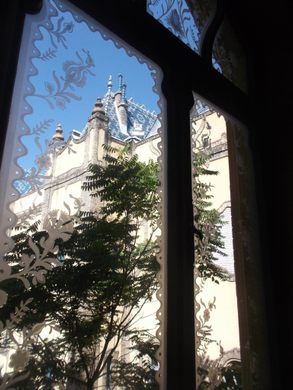
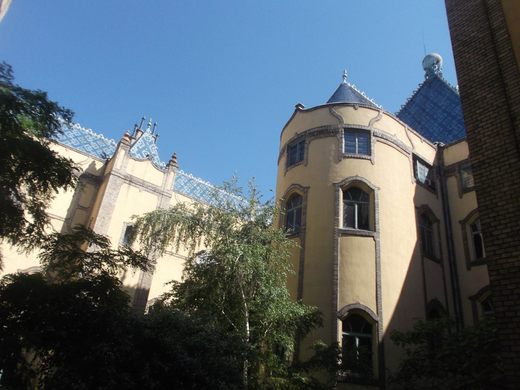





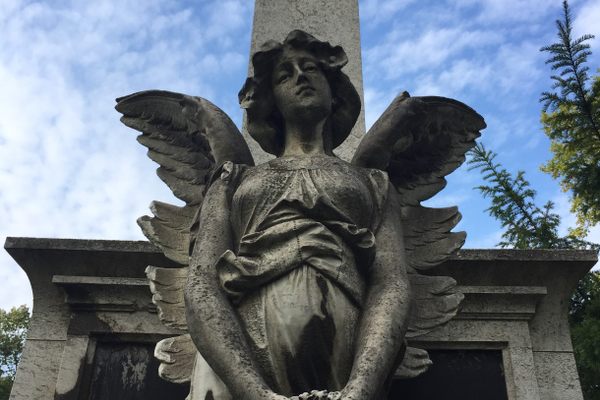
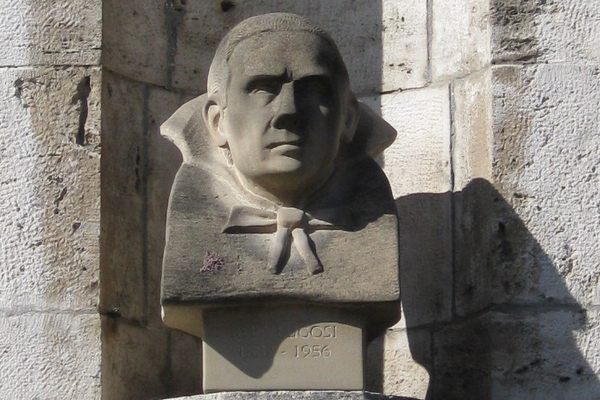
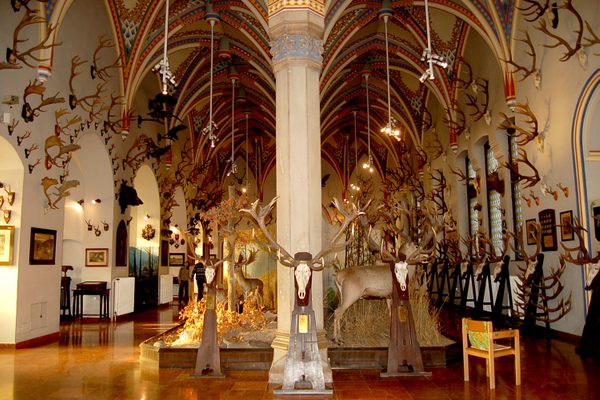

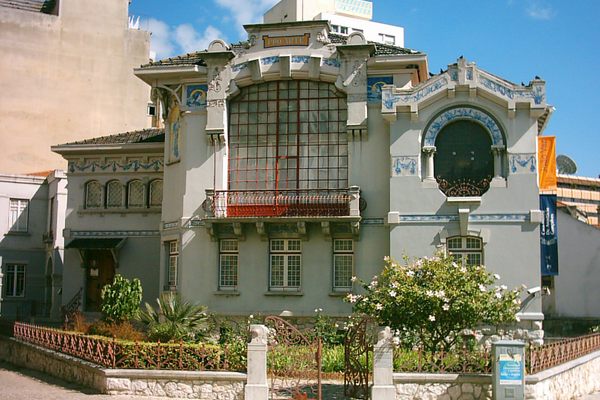



Follow us on Twitter to get the latest on the world's hidden wonders.
Like us on Facebook to get the latest on the world's hidden wonders.
Follow us on Twitter Like us on Facebook